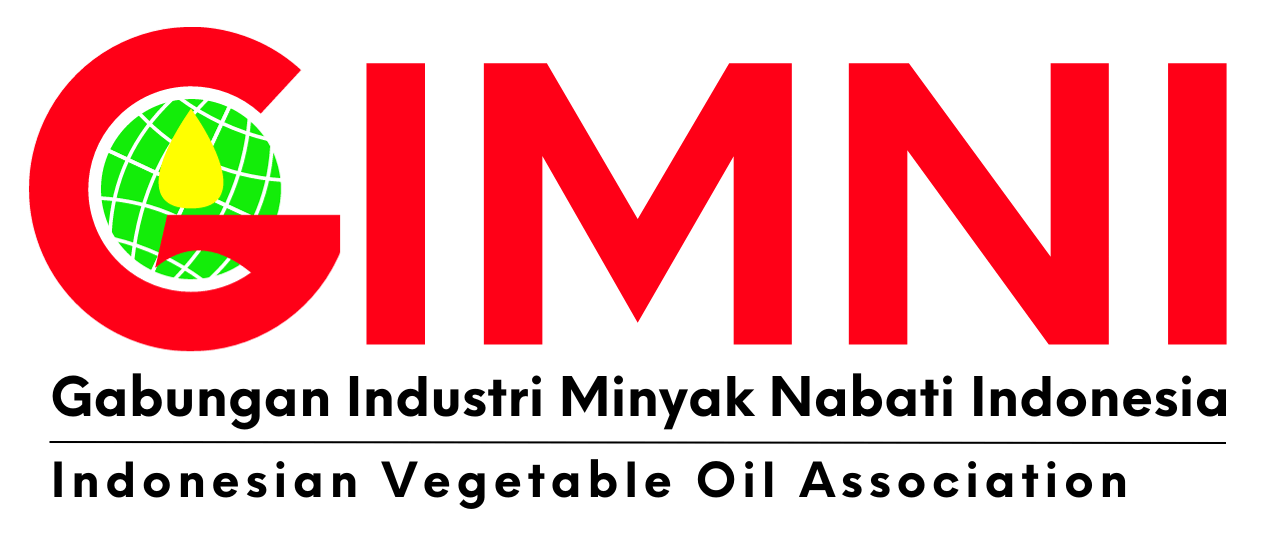Oil palm plantations and palm oil mills are still in operation under normal condition. Naturally, the locations of oil palm plantation areas have a long distance from the palm oil mills so that automatically physical distancing is implemented.
Palm oil production in March 2020 was slightly lower (-0.9 percent) than production in February 2020, while local consumption dropped by 3.2 percent, exports increased by 3.3 percent, and crude palm oil (CPO) price dropped from the average US$722 in February to US$636 per ton CIF Rotterdam in March 2020. But its export value in March increased by 0.6 percent to U$1.82 billion. Palm oil production during January – March 2020 was lower than production during the same period in 2019, local consumption was higher by 7.2 percent, export volume dropped by 16.5 percent, but export value rose by 9.45 percent to US$5.32 billion.
Local consumption of palm oil for foods dropped by 8.3 percent, for oleo-chemicals increased 14.5 percent, and for biodiesel was relatively stable. The uncertainty of time to end the Coronavirus disease 2019 (Covid-19) ahead of the start of fasting month had caused the drop of palm oil consumption for foods. Conversely, the oleo-chemical product increased as demand for sanitizers rose. Of the total 68,000 tons increase of oleo-chemical consumption, 55 percent was contributed by glycerin as the raw material for making the sanitizers. Palm oil consumption for biodiesel was relatively stable, despite of low oil prices and consumption of diesel fuel dropped by around 18 percent.
Palm oil export volume rose by 83,000 tons, which was mostly contributed by CPO (113,000 tons) and oleo-chemical at 63,000 tons. The largest increase of exports was seen for destinations to Bangladesh, Africa and China. The exports to EU, India and the Middle East slightly rose, while exports to Pakistan and the US dropped. The increase of exports to China was due to the reports that China had recovered from Covid-19.
Covid-19 has disrupted the global economy, but all countries could not afford to bear the current condition for long and they have to recover soon. Therefore, increasing productivity and efficiency should be prioritized to maintain the viability of the industry.
In May, most areas of Indonesia will enter dry season that will reach its peak in August this year. Although the dry season in 2020 will not be as bad as that in 2019, preparations to deal with the dry season to prevent forest and land fires should be implemented as good as possible. The Indonesian Palm Oil Association (Gapki) has designed and distributed the protocol on preventing forest and land fires. It is expected that with the alertness and cooperation of all sides, the forest and land fires can be prevented and minimized this year.
Sumber: Sawitindonesia.com

